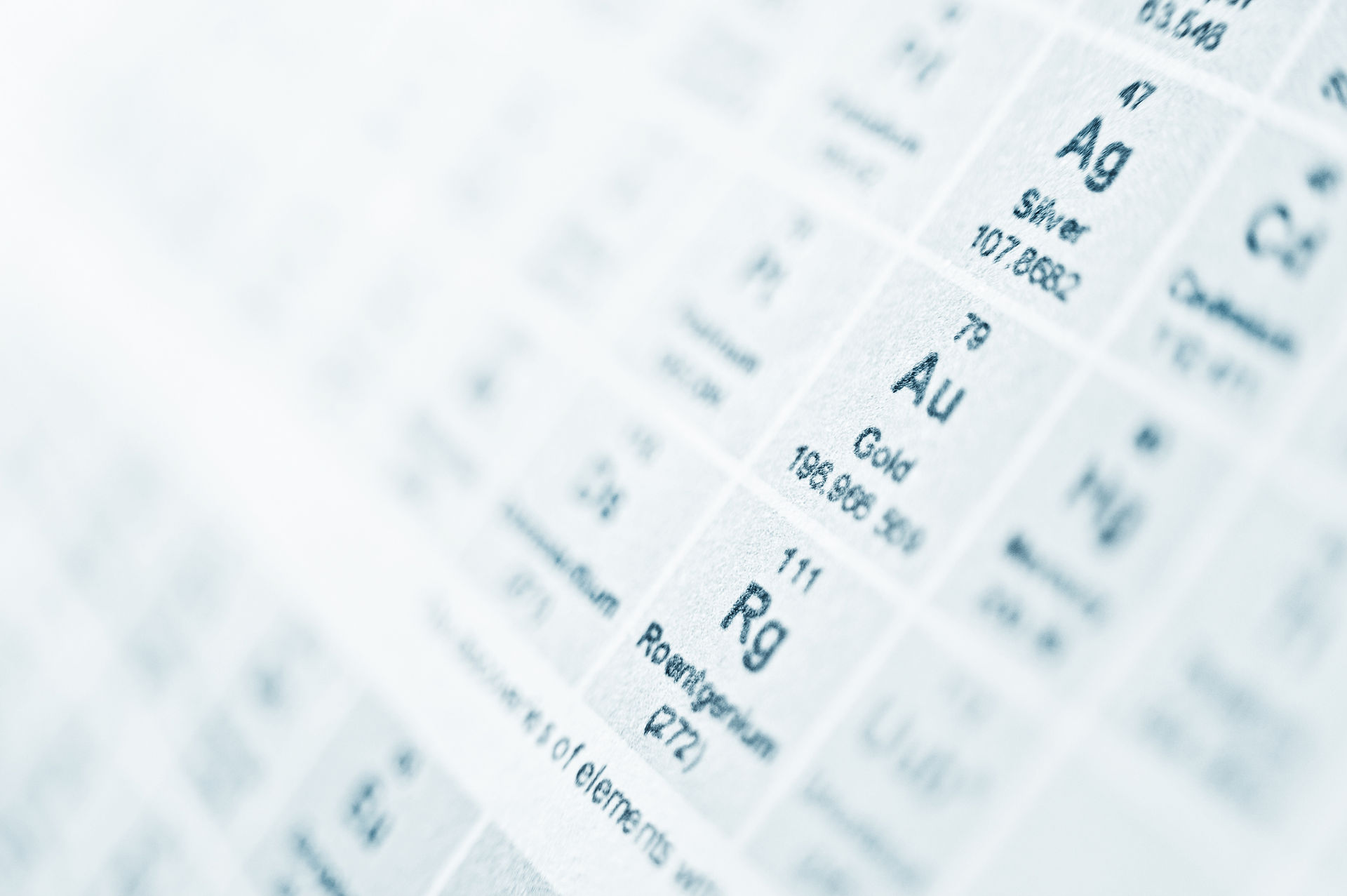

Atomic theory
timeline
John Dalton - 1803
John Dalton was an English chemist who performed experiments and came up with the first atomic theory since Aristotle killed chemistry.
His theories were similar to Democritus', in that he believed all mater was made of atoms which were indestructible. Dalton also thought that all atoms of the same element were identical, and different elements had different atoms.
J.J. Thomson - 1897
J.J. Thomson, an English scientist, was the first person to realize that atoms are made of smller particles when he discovered negatively-charged particles, called electrons, in atoms. He created the "plum pudding" model, theorizing that atoms are made up of a positively-charged substance with negatively-charged electrons distributed throughout it, like plums in a plum pudding.
Ernest Rutherford - 1908
Ernest Rutherford, a New Zealand physicist, performed the famous gold foil experiment and realizied that atoms are mostly empty space with a small, positively charged nucleus that is orbited by electrons, which are negatively charged. This showed the plum pudding model was wrong, so Rutherford created the planetary model.
James Chadwick - 1932
An English physicist named James Chadwick discovered the third particle of an atom, the neutron. He figured out that the nucleus is made up of positively-charged protons and electrically neutral neutrons, which have no charge but do have the same mass as protons. The addition of neutrons improved the Bohr model, and earned Chadwick the 1935 Nobel Prize in Physics.
Modern Cloud Theory
Throughout the 20th century, many scientists such as Einstein, Schrodinger, and Heisenberg improved the Bohr model and developed it into the electron cloud model, which is the model we use today. Instead of precise, planet-like orbits, the electrons travel around the nucleus in orbitals which form the electron cloud. An orbital is not one path, like an orbit, but is a general area in which the electron can travel. The orbitals that are farther away from the nucleus contain higher energy electrons, and the electrons in the outermost orbital, therefore having the most energy, are called valence electrons.
















